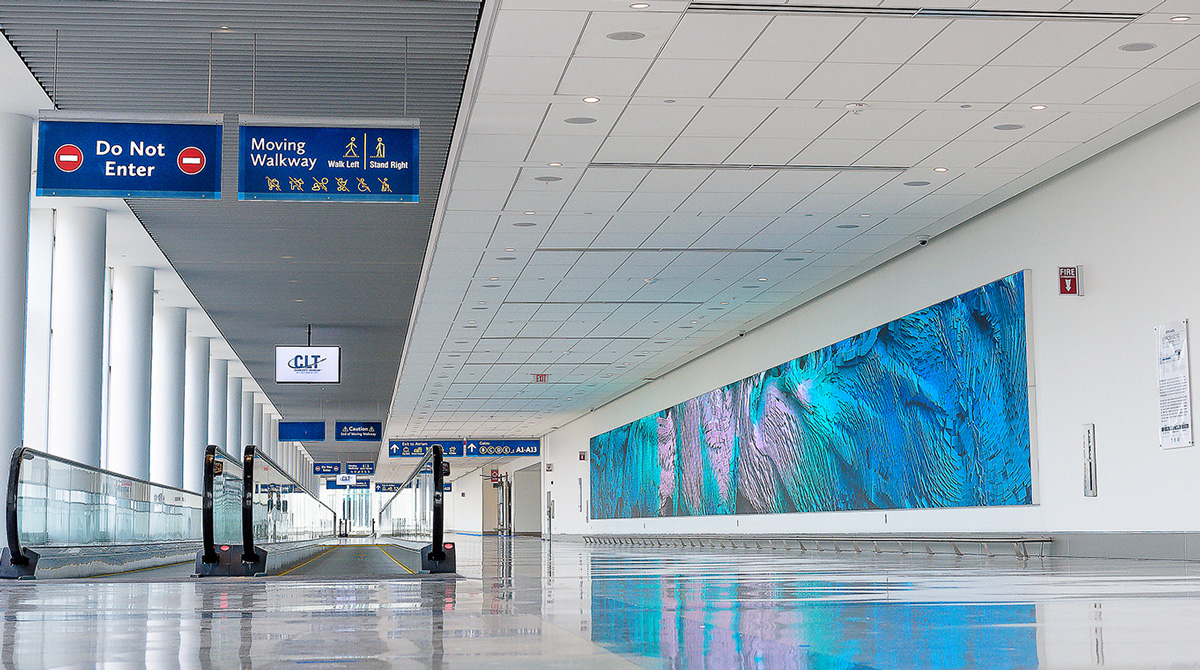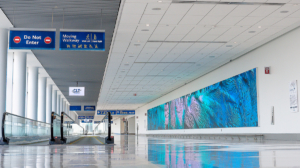The Federal Aviation Administration (FAA) is awarding nearly $1 billion from the Bipartisan Infrastructure Law to 99 airports across the country. The investments will be received by airports in 47 states and two territories. Funding will improve the passenger experience by investing in new baggage systems, larger security checkpoints and improved ground transportation. Other projects increase terminal sustainability and improve accessibility for individuals with disabilities.
The O’Hare International Airport was awarded $50 million to rehabilitate and expand passenger access to the 60-year-old Terminal 3. This includes a reconfigured Transportation Security Administration (TSA) checkpoint, improvements to the central passenger corridor, Americans with Disabilities Act (ADA) compliant restrooms and updates to the passenger baggage system.
Orlando International Airport has $49 million in funding to support a portion of the south Terminal C phase 1 project. This includes construction of four additional multiple aircraft ramp system gates which include eight loading bridges capable of serving either four wide‐body or eight narrow‐body aircraft.
Funding of $32 million will support Charlotte Douglas International Airport with the rehabilitation of 120,000 square feet of Concourse E. The project includes updates to hold rooms, restrooms and circulation areas.
Harry Reid International Airport will receive baggage system upgrades in terminals 1 and 3. Terminal 1 upgrades include new conveyors, carousels and standby power systems. Terminal 3 upgrades include a new control system compatible with Terminal 1 system upgrades.
In Nebraska, Eppley Airfield was awarded $10 million to add aircraft gates, consolidate security screening and baggage handling systems and a central utility plant. Phase 4 of this project will construct a new seven‐lane terminal drop‐off area with a full canopy and improve curb areas for ADA access and public transportation.


